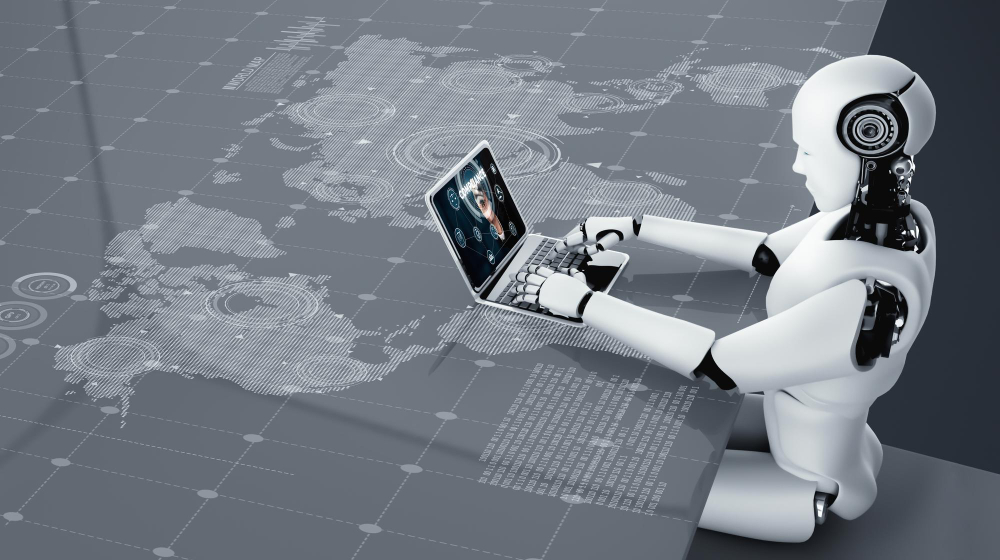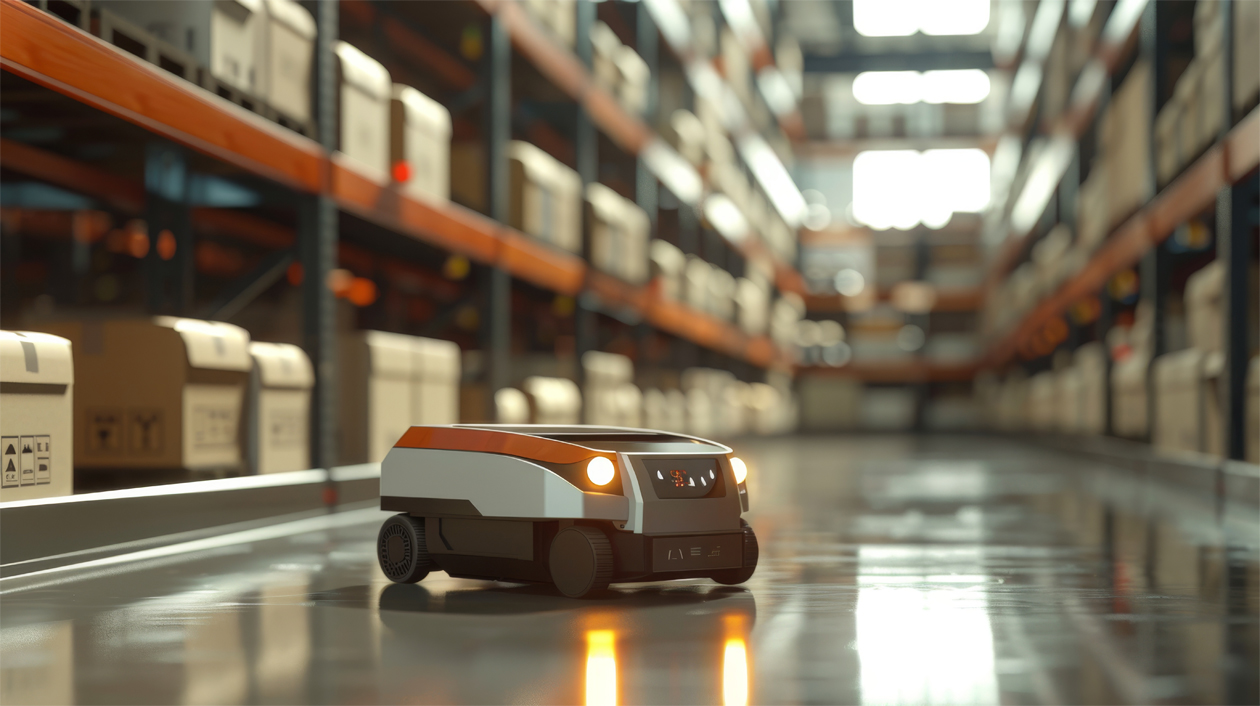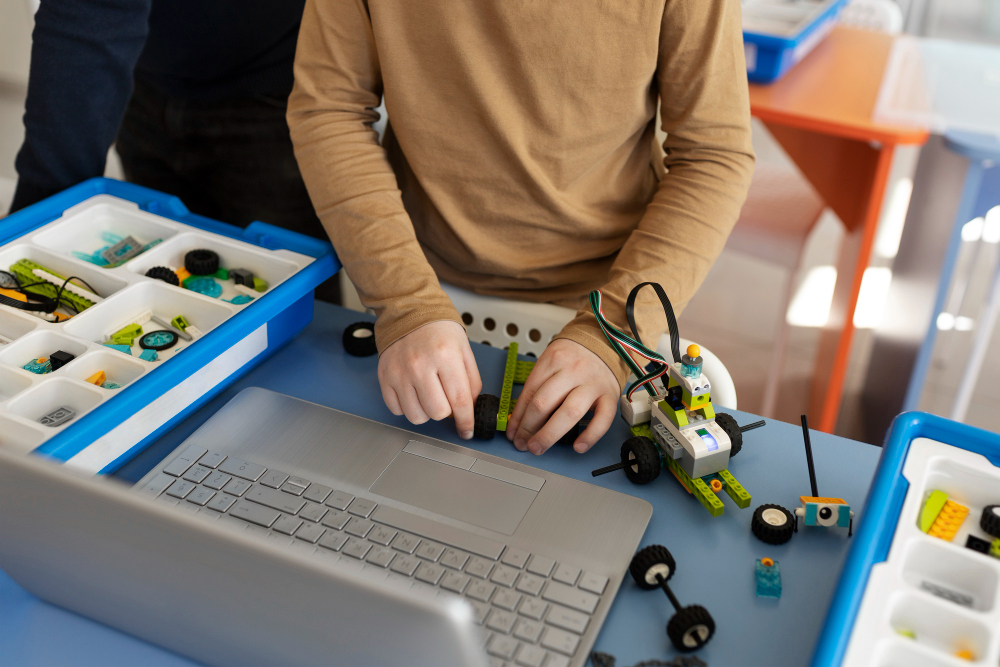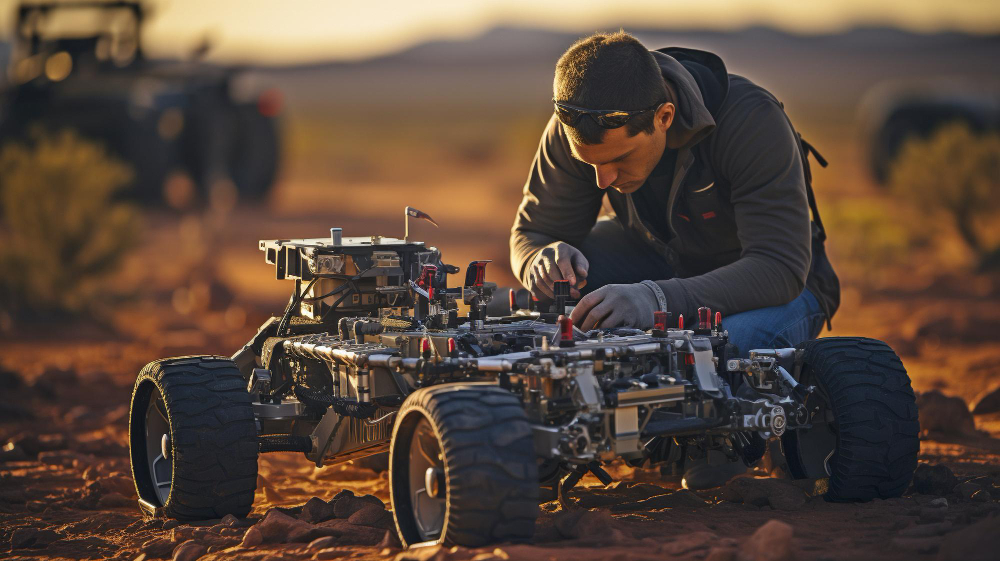In the dynamic landscape of robotics, where innovation meets practical application, mastering advanced programming techniques is paramount for achieving the full potential of robotic systems. From navigating complex environments autonomously to manipulating objects with precision, advanced robotics programming encompasses a diverse array of techniques and best practices that elevate the capabilities of robotic platforms. In this blog post, we delve into the core pillars of advanced robotics programming, exploring key concepts such as Simultaneous Localization and Mapping (SLAM), motion planning, kinematic and dynamic modeling, machine learning integration, and the intricacies of distributed and multi-agent systems. By understanding and implementing these techniques, roboticists can design and deploy intelligent systems capable of operating in diverse and challenging real-world scenarios. Join us as we unravel the intricacies of advanced robotics programming and discover the tools and methodologies driving innovation in the field.
1. SLAM (Simultaneous Localization and Mapping):
- SLAM is a foundational technique in robotics, crucial for enabling robots to operate autonomously in complex, dynamic environments.
- It involves the integration of sensor data, such as lidar, cameras, and IMUs, to create a map of the robot’s surroundings while simultaneously estimating the robot’s position within that map.
- SLAM algorithms vary in complexity and approach, ranging from traditional techniques like Extended Kalman Filters (EKF) and FastSLAM to more modern approaches such as GraphSLAM and DeepSLAM.
- Applications of SLAM range from autonomous driving and mobile robotics to augmented reality and virtual reality systems.
2. Motion Planning:
- Motion planning is essential for guiding robots through their environment while avoiding obstacles and achieving desired goals.
- It involves generating feasible and collision-free trajectories that optimize criteria such as efficiency, safety, and task completion time.
- Probabilistic algorithms, such as PRMs and RRTs, are effective for high-dimensional configuration spaces and environments with complex geometries.
- Advanced motion planning techniques include trajectory optimization methods, such as model predictive control (MPC), which can handle nonlinear dynamics and constraints more effectively.
3. Kinematic and Dynamic Modeling:
- Kinematic models describe the relationship between a robot’s joint positions and its end-effector pose, enabling trajectory planning and control.
- Differential kinematic models are commonly used for wheeled robots, while forward and inverse kinematics are essential for robotic manipulators.
- Dynamic models account for the forces and torques acting on a robot due to its motion and external interactions.
- Dynamic modeling techniques, such as Newton-Euler and Lagrange-Euler methods, enable accurate prediction of a robot’s motion and facilitate control design and simulation.
4. Machine Learning for Robotics:
- Machine learning techniques have revolutionized robotics by enabling robots to learn from data and adapt to changing environments.
- Supervised learning algorithms, such as convolutional neural networks (CNNs), are used for tasks like object recognition and classification.
- Reinforcement learning algorithms, like deep Q-learning and policy gradient methods, enable robots to learn optimal control policies through trial and error.
- Unsupervised learning techniques, including clustering and dimensionality reduction, are used for tasks such as sensor data analysis and anomaly detection.
5. Distributed and Multi-Agent Systems:
- Distributed robotics systems consist of multiple autonomous agents or robots that collaborate to achieve common objectives.
- Coordination and communication are key challenges in distributed systems, with approaches including consensus algorithms, decentralized control, and task allocation mechanisms.
- Swarm robotics, inspired by collective behaviors observed in natural systems, involves the coordination of large numbers of simple robots to accomplish tasks that are beyond the capabilities of individual robots.
- Applications of distributed and multi-agent systems include search and rescue missions, environmental monitoring, and collaborative manufacturing processes.
These additional details provide a deeper understanding of the advanced robotics programming techniques and best practices, offering readers comprehensive insights into the complexities and capabilities of modern robotic systems.
Feel free to share your thoughts and experiences with on-demand computing in the comments below! Let’s get the conversation started.






